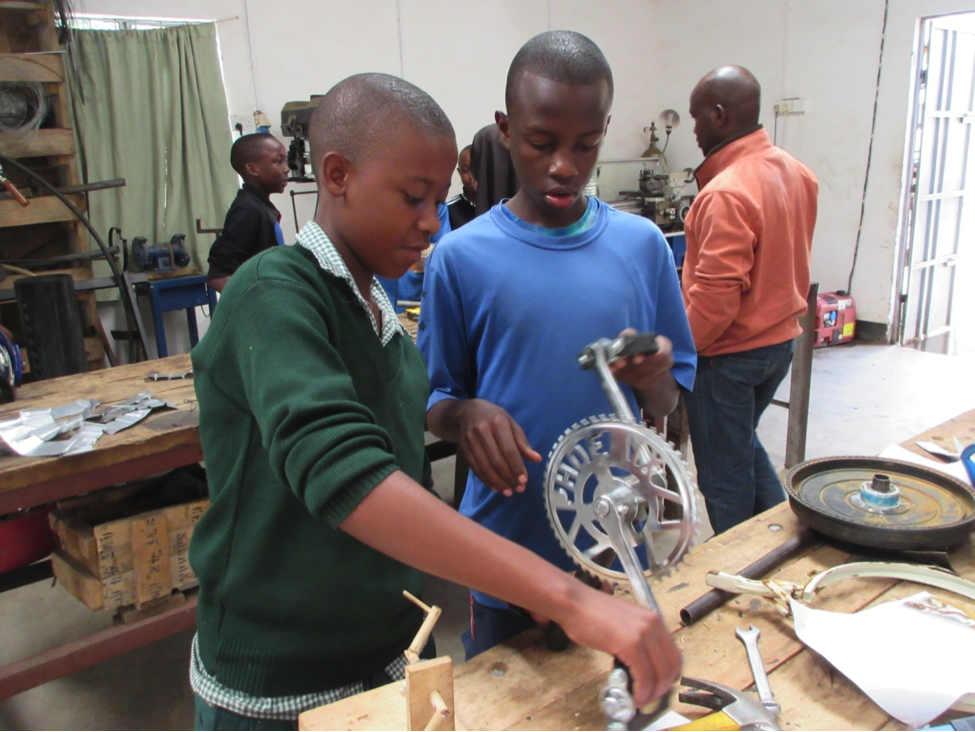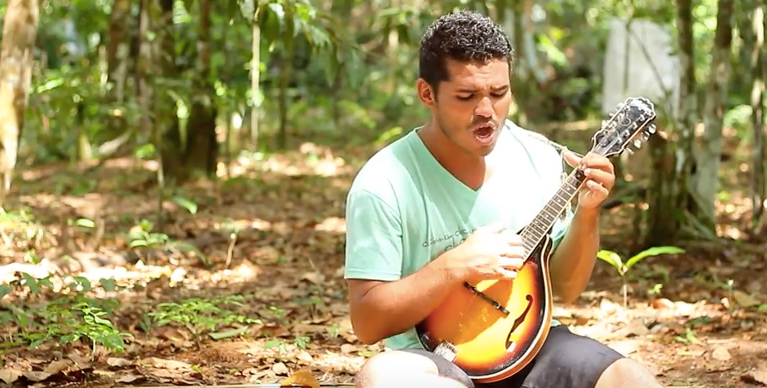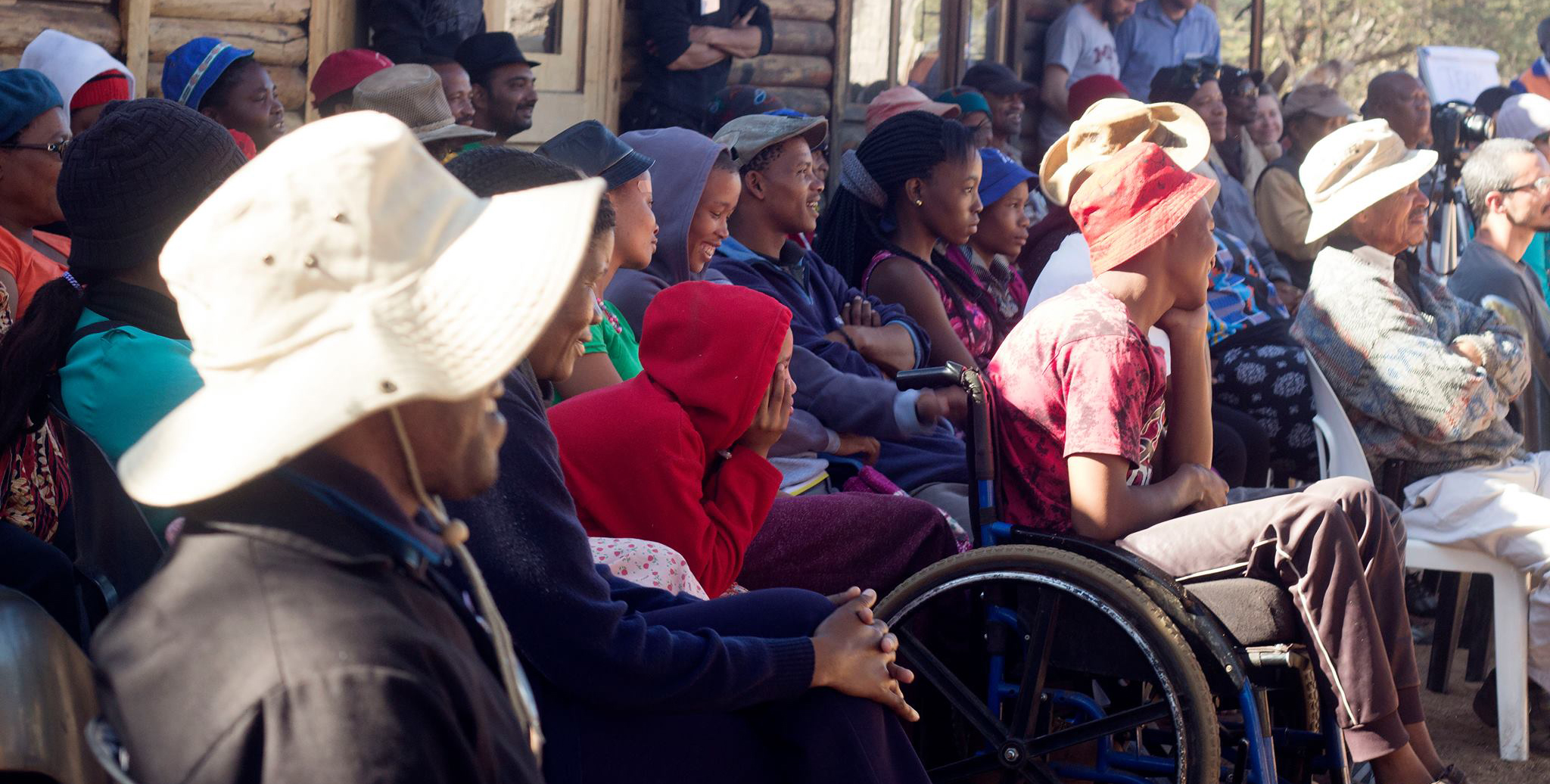The Future of Innovation: How IDIN-Supported Innovation Centers are Tapping the Potential of Young Makers in Tanzania, Brazil and Uganda

St. Jude students in Tanzania work on their multipurpose mixer machine in the Twende Innovation Center. Photo by Debbie Tien.
In a small favela outside of São Paulo, Brazil, children idolize a local product designer named Tempei. Tempei is a crucial part of the IDIN-supported innovation center there, bringing valuable knowledge and expertise to the technologies developed in the space. But as the kids from Vila Nova Esperança see it, Tempei is much more than a product designer—he’s a ninja and a scientist.
When Tempei and Miguel Chaves, the center manager, opened the innovation center at Vila Nova Esperança a few years ago, they didn’t anticipate such strong interest from young people in the community.
Innovators have to be at least 18 years old to attend one of IDIN’s design summits, but age doesn’t keep younger innovators from learning and discovering at IDIN-supported innovation centers in Tanzania, Uganda, and Brazil.
“We started the center in the community, and the young people just came. Our first focus was working a little more with adults to make innovations, but as we started to open the innovation enter every day, children started to come and do things and follow Tempei about,” Miguel says. “They can be superheroes using the machines and tools.”
Over the past few years, IDIN innovation centers like the one in Vila Nova Esperança have found unique and tailored ways to introduce hundreds of young people to the concept of innovation and making things with their hands.
The Twende Innovation Center in Arusha, Tanzania works with young people ages 10 through 24, who learn about the design cycle and build their metal and wood fabrication skills through short design trainings often organized right in their classrooms.
Twende’s Director of Development Debbie Tien notes that because the innovation center is not centrally located in the community and because it’s tough to reach children during school hours, Twende has made a concerted effort to build relationships with local secondary schools and teachers who appreciate the value of hands-on learning.
“There is incredible value to teaching young people about innovation and design, especially here in Tanzania, where unemployment rates are high and schools are infamous for focusing too much on cramming and exams,” Debbie explains. “Young people need an alternative to the traditional paths. We are well-aware that not everyone will invent the next big thing, but the value of learning about design and innovation comes from the internal changes that happens when somebody builds something with their hands for the first time.”
After students participate in one of Twende’s design trainings, they’re encouraged to visit the innovation center to continue working on their projects, which have ranged from a crank-powered maize sheller to a vegetable cutter. After receiving safety training, students can often learn to use many of the same tools that the adults do at the innovation center.
Twende has also started to offer monthly youth cafés, an open event where young people can visit the center to learn about a particular topic—waste management and climate change, for example—and how it might be addressed through design.
In Pader, Uganda, the IDIN-supported Tet Centre saw the number of young visitors increase after the Rethink Relief design summit, which took place in November 2014. After a radio show featuring the summit organizers, a group of young people got together and approached the innovation center asking for a design training of their own.
The Tet Centre offered that design training, and has since encouraged young people to address local challenges they see through their project work, including a recent project that tackled local waste management through the development of a household mobile garbage bin.
Young people visiting the Tet Centre in Pader have also expressed great interest in digital learning and computer-based innovation, so the Tet Centre recently installed a few computers to assist young innovators in researching their projects to improve the designs.
In Brazil, Miguel and his team are not only engaging the young people that live in Vila Nova Esperança, but also high school students around São Paulo. A newly developed social innovation course marketed to these nearby high schools is part of the innovation center’s evolving plan for financial sustainability. So far, the course has been taught to more than 100 students, and has been a great success for the center.
Twende is hoping to learn from this model in hopes of adapting it for the Tanzanian context.
“We do what we do because this transformation in an individual can be what transforms a community, a country, and maybe even the world. And we all know the world could use a bit of positive change,” Debbie says.






